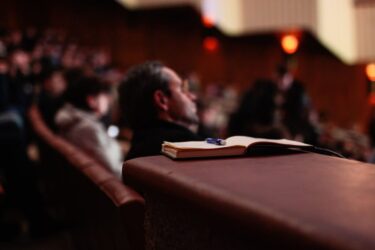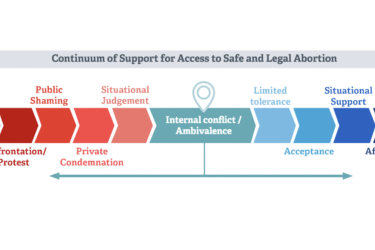
With thousands of soldiers having served in Iraq and Afghanistan, our country will be grappling with the short-term and long-term consequences of those wars for decades to come. That means health reporters will find no shortage of opportunities to explain the health ramifications of those tours, from PTSD’s effects and new treatments to battlefield medicine applied in emergency rooms. AHCJ offers several resources to reporters covering mental health issues concerning the military, but there also are many angles to take in looking at the physical consequences of war.
In a new How I Did It article for AHCJ, independent reporter Liza Gross describes how she decided to write about soldiers’ facial reconstruction for Discover and the challenges she encountered, from wading through a huge evidence base of medical research to approaching her interviews with sensitivity and empathy – but not too much.
While policy health reporters often must be aware of the current politics about a particular issue, journalists focusing on stories involving medical studies – with some exceptions, such as breast cancer screening recommendations – do not often have to spend much thought on politics. But reporting on the effects of two huge wars that have defined a generation in the United States, Gross describes how she could not ignore the complicated feelings she, and likely her readers too, would have when reading about anything linked to Iraq and Afghanistan.
In her research, Gross also had to dig much further back than the most recent studies on reconstructive surgery. She began at the very beginning, with Sir Harold Gillies’ pioneering work in plastic surgery in the first half of last century. She relied on experts to guide her to the key papers in what has become a broad field.
“There are so many different medical techniques and fields involved in caring for war wounds,” she writes. “I had to get a handle on the latest research in emergency medicine, burn medicine, biofilms (antibiotic-resistant infections), skin and bone reconstruction, stem cell research and reconstructive medicine and transplant medicine. And any time you write about transplant medicine, you need to understand immunosuppression and the therapies patients have to take so their body doesn’t reject tissue from another person.”
She also prepared for interviews by learning a bit about military history and culture. To her surprise, however, she encountered more wariness about her interest in the topic from researchers than from soldiers and surgeons themselves. In her final piece, “New Hope for Soldiers Disfigured in War,” Gross brought together the medical research and the human element to help readers understand the complex science behind trying to give soldiers’ new faces. Read more about how Gross reported the story.











